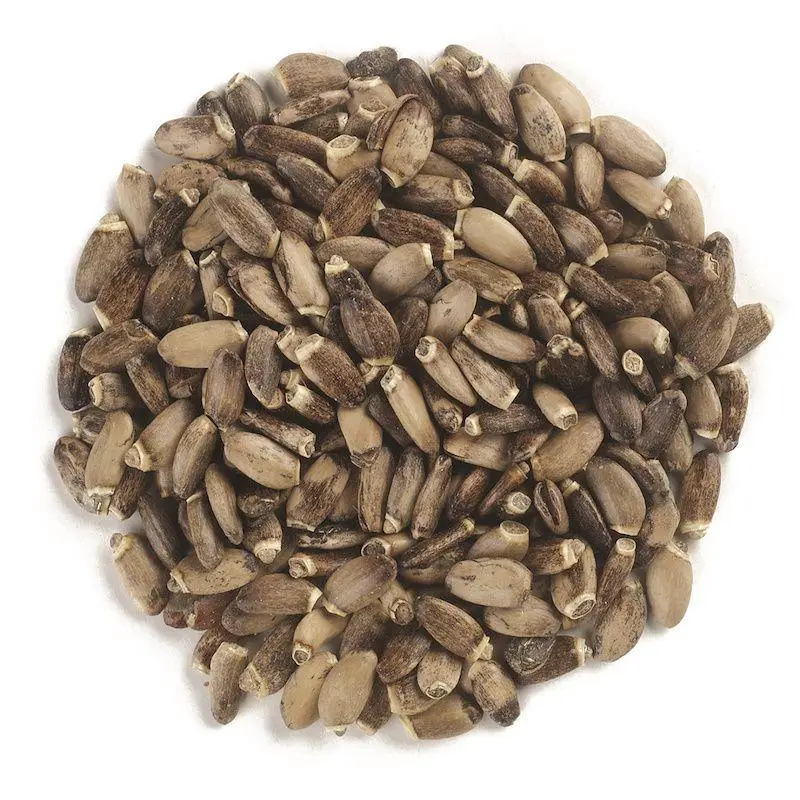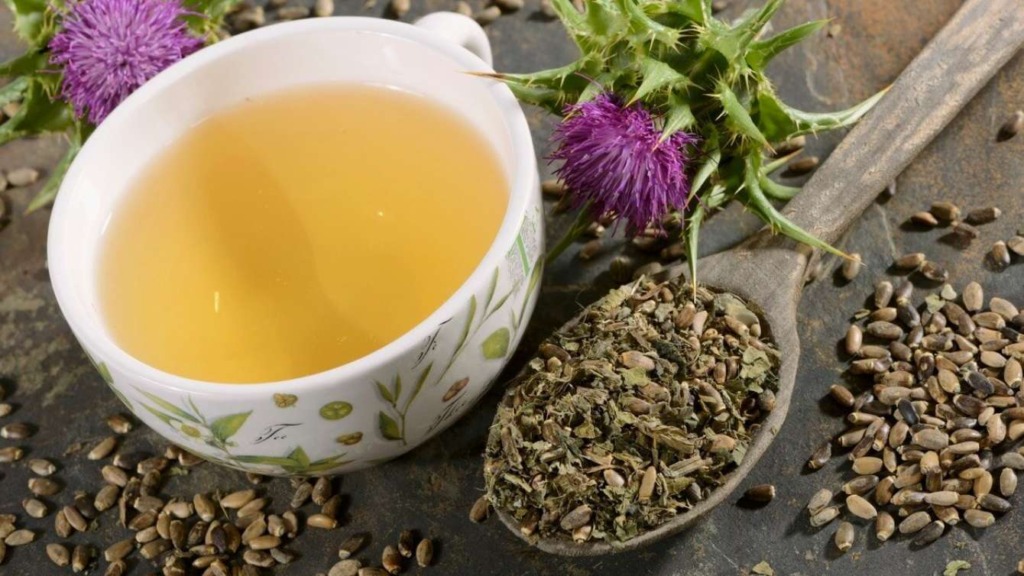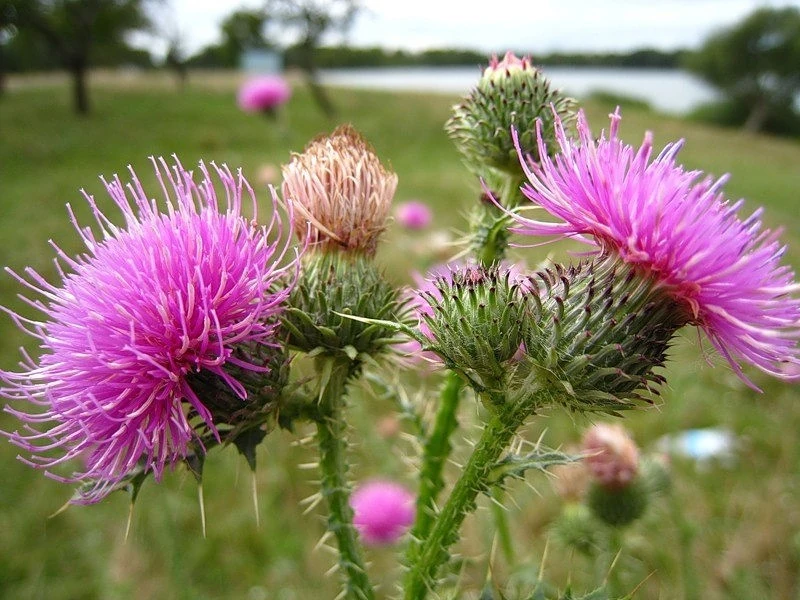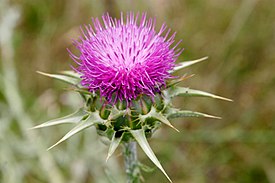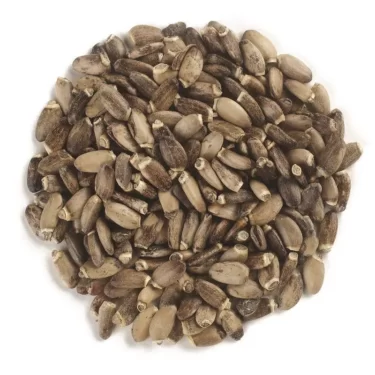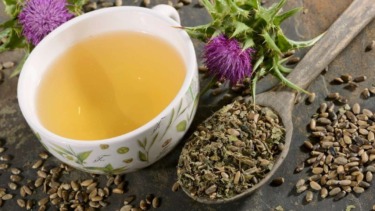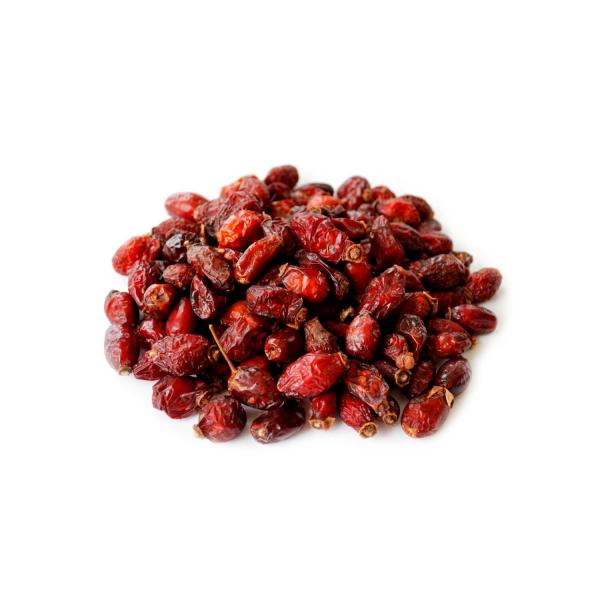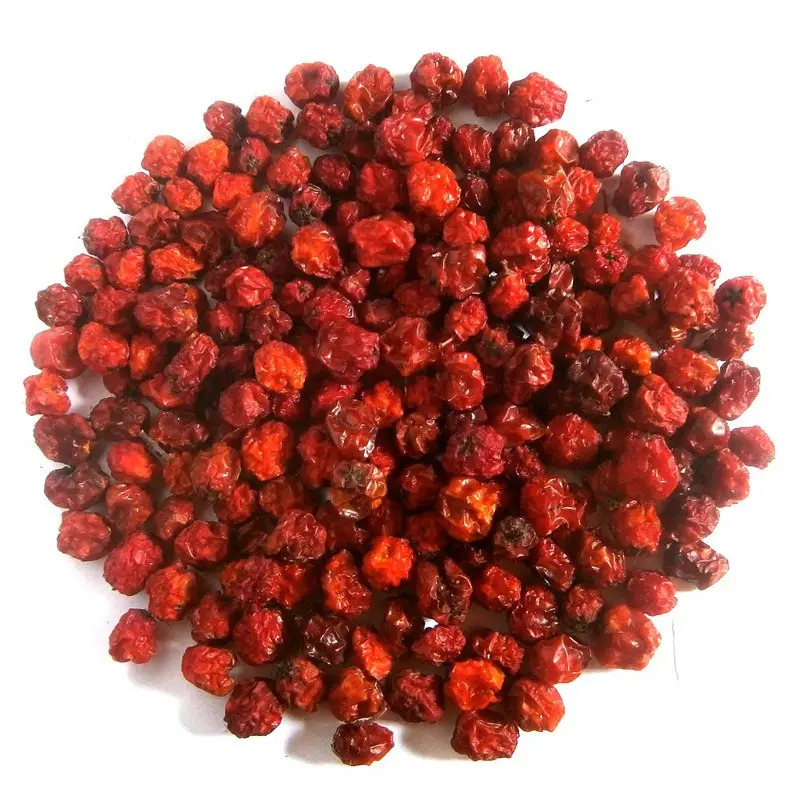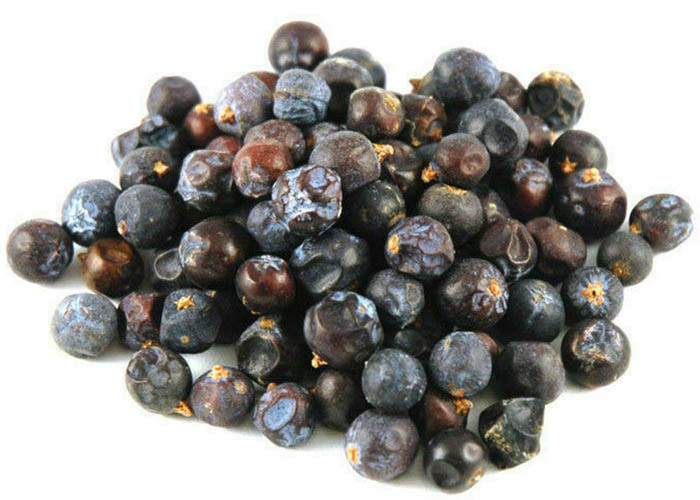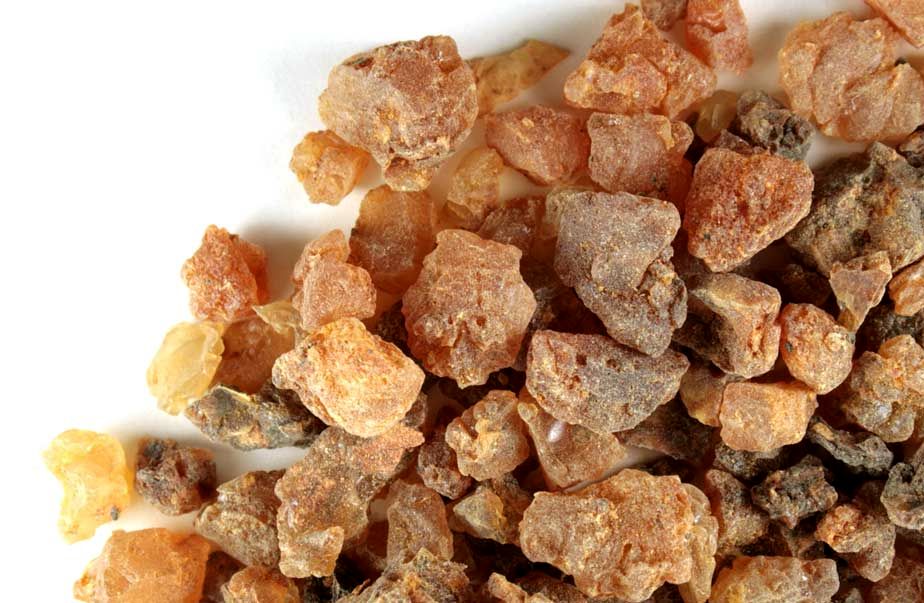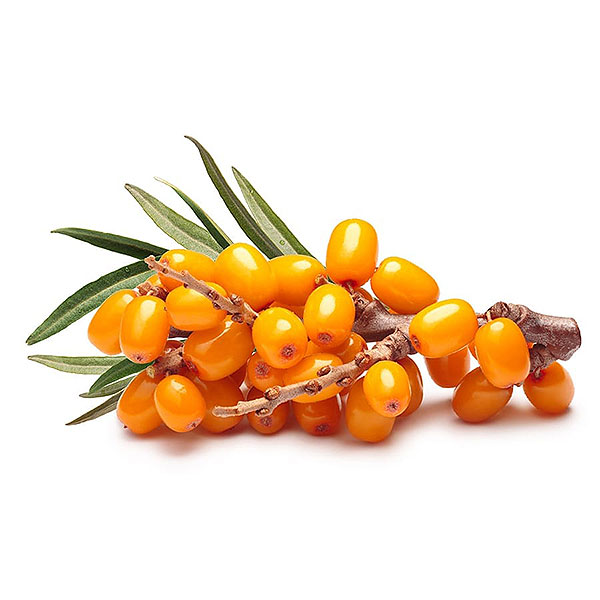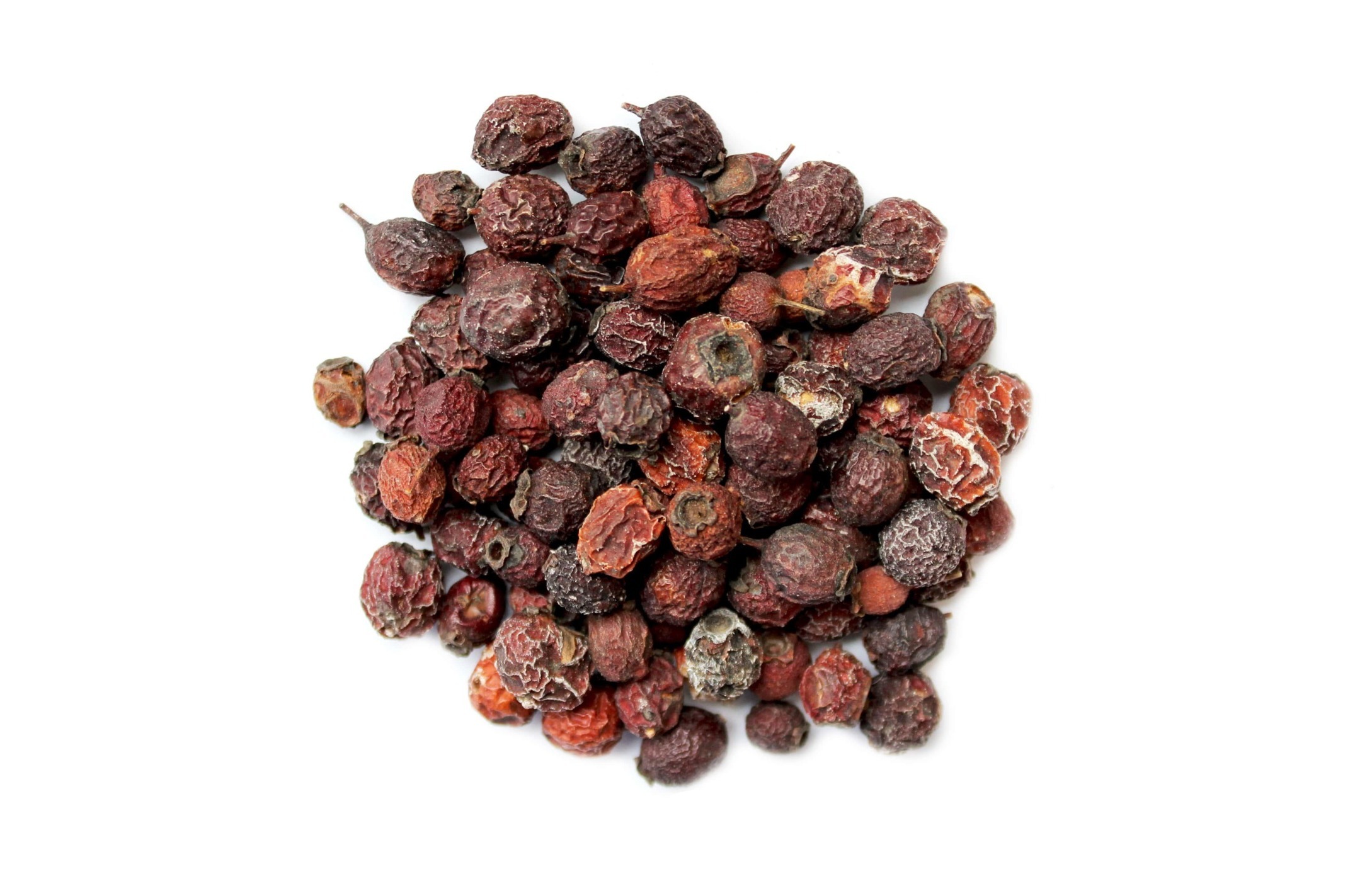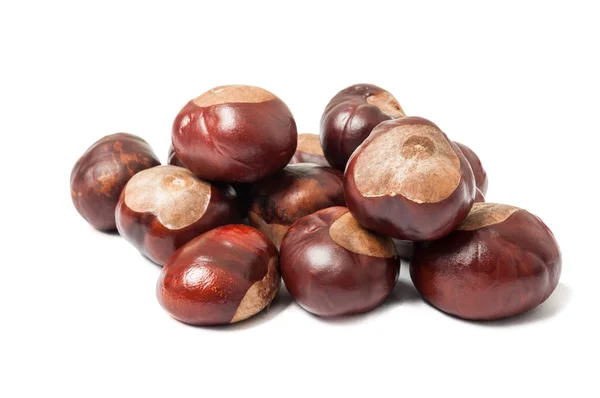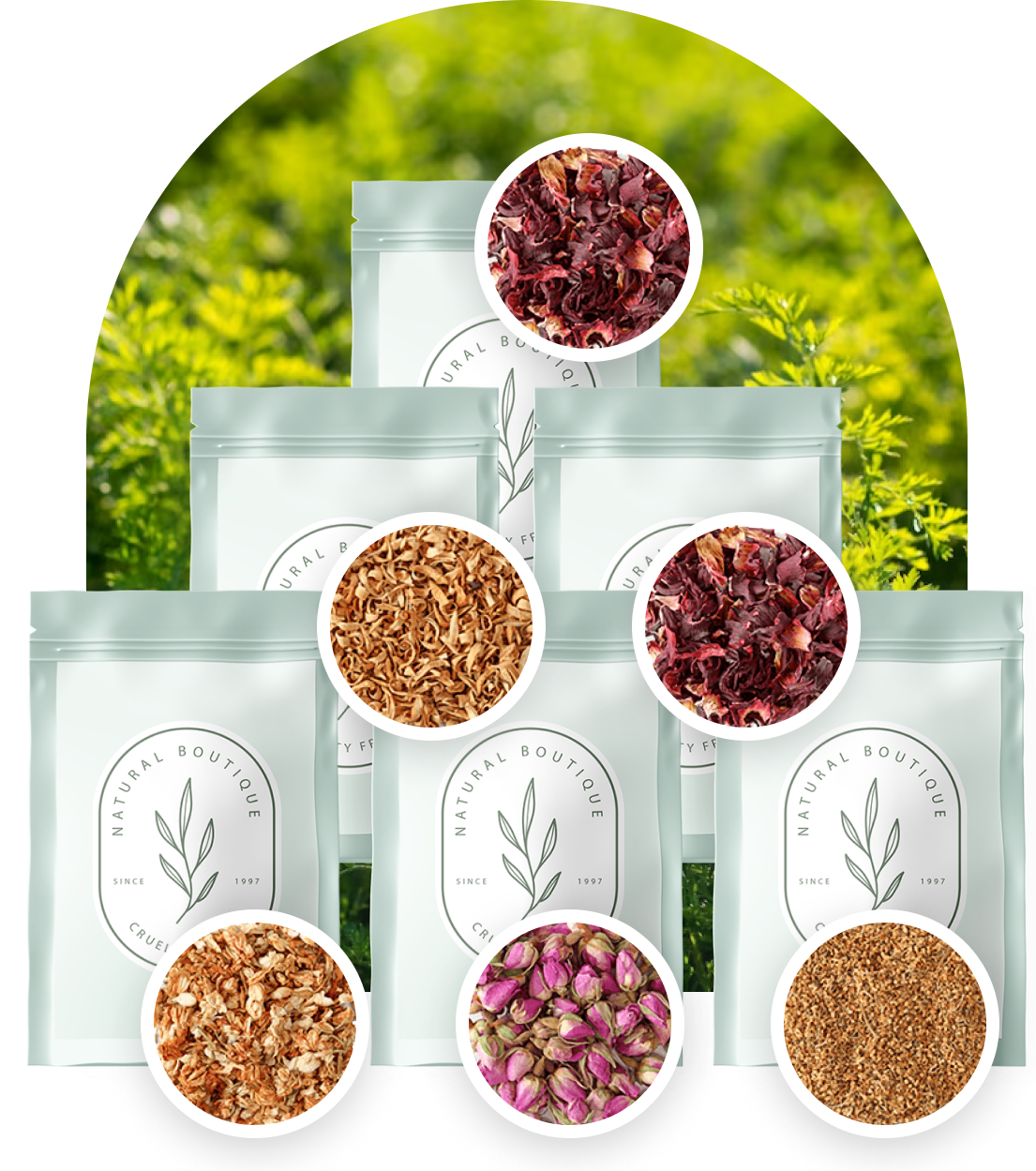The family of milk thistle is the Atlantic coast of Europe and Asia. In Ukraine, it is grown and collected on the territory of the Zhytomyr region. Thistle fruits are valuable for medicinal purposes. In appearance, the fruits resemble an egg squeezed from the sides. They have no smell, but taste bitter. Plants are planted in spring or at the end of summer.
Milk thistle has a hepatoprotective effect, therefore it plays a special role in the disease due to the high content of the substance – silymarin. It impairs cell regeneration by protecting cells from damage caused by toxins, alcohol, drugs and infections. It also has antihepatotoxic activity and prevents the toxic damage of the disease. Thistle is characterized by a short-acting diuretic effect, so it reduces damage and improves microcirculation.
Silymarin improves the antioxidant protection of cells. This effect of thistle prevents premature aging of cells and the development of painful diseases. It also lowers the level of cholesterol in the blood, fights overeating, reduces appetite, improves digestion and normalizes metabolism, including lipid metabolism.
Thistle has a choleretic effect, stimulates the production and outflow of bile, which contributes to the normalization of the work of the liver and gallbladder, prevents the formation of stones in the gallbladder and the development of cholecystitis.
The antidiabetic effect of the plant lowers the blood sugar level and ensures the sensitivity of cells to insulin. It also contributes to the strengthening of immunity, increasing the resistance of substances to infectious and viral diseases.
Silymarin has anti-inflammatory properties that allow you to counteract the emergence and progression of the mechanisms responsible for the growth and division of fertile cells.
